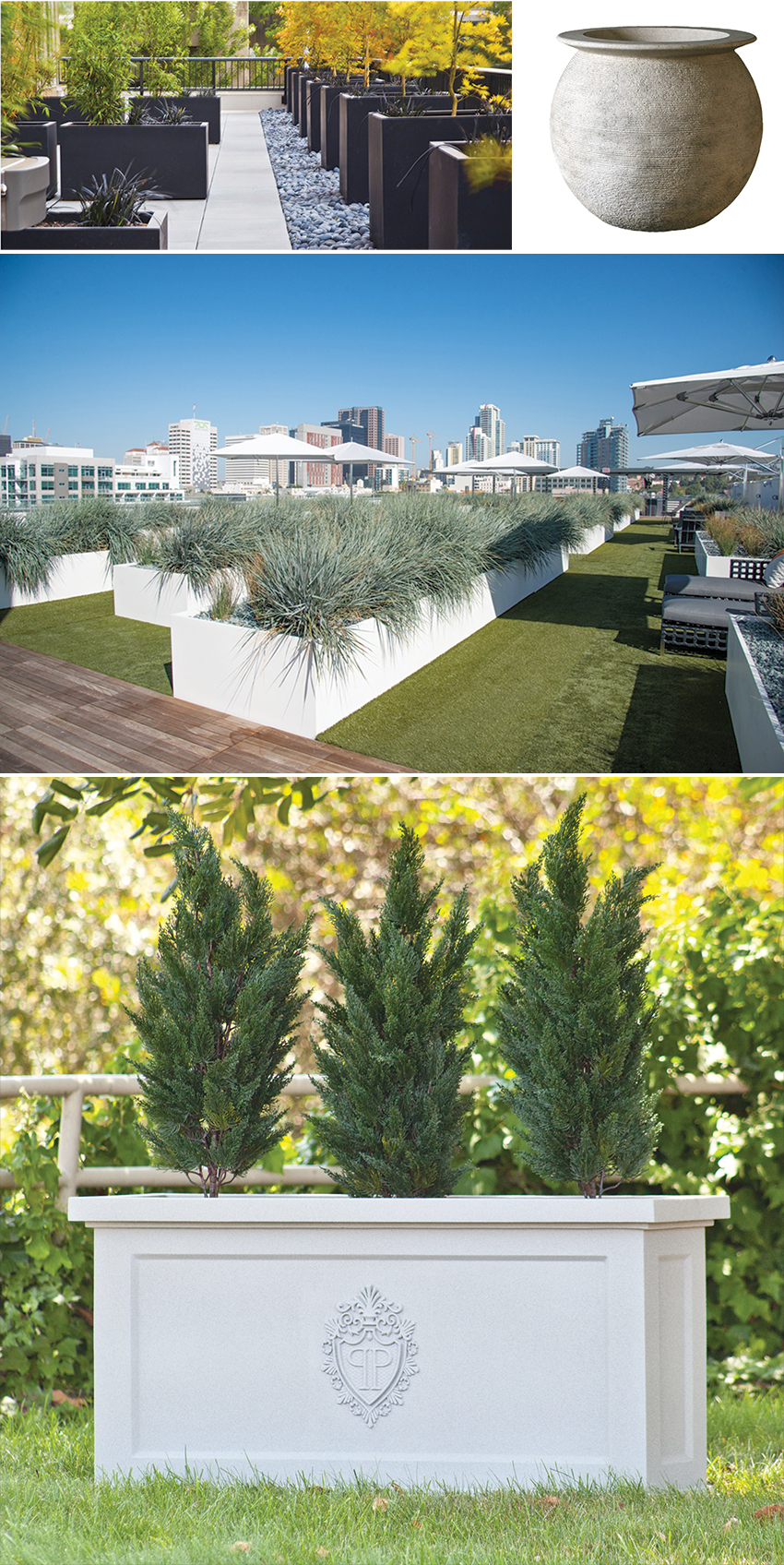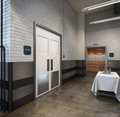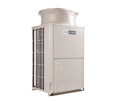Hospitality and Retail Design Update
Using Plantings for Enhanced Design
In natural settings, plants and trees are often recognized as outdoor landmarks as a means to help define an outdoor space, such as a yard or clearing, or to draw attention to a particular landscape feature. In urban environments, particularly in hospitality and retail settings, the introduction of plants and trees can do the same things to enhance and amplify an architectural design through the use of standard or custom-designed planters. Manufacturers of such planters can be used as a design resource to produce virtually any size or shape planter that can help with wayfinding, form places to gather, or highlight a feature that a designer wants attention drawn to. There is a large library of available styles, colors, materials, and finishes to select a standard product from. Custom fabrications are also possible to help create exciting, eye-catching elements with integrated lighting, designer materials, or even corporate logos. Many planter products are made to order with associated lead times to suit specified design requirements. This can be particularly important when incorporating branding customizable to suit the specifications and criteria of client corporations. There is also an array of standard and custom colors, textures, and styles that can be selected to suit a variety of natural and built environments.
A popular planter choice is one made of fiberglass that lends itself to a contemporary style with rectilinear angles, seamless lines, and clean trim. They are available in any shape or size, making them suitable as a great stand-alone focal point feature. Multiple units can be laid out as a clustered group in modular arrangements to assist with wayfinding, enhance privacy, or define places to congregate. Any of these design uses can be further enhanced by adding lighting to the planters for ambience or safety, toe-kicks or castors for maintenance ease, or even false bottoms to create different visual appearances.
Another option can be found in a more traditional planter with the appearance of stone. Commonly made with glass fiber reinforced concrete (GFRC), these planters are modern in function with a subtle, texturized concrete aesthetic. Their steady and durable presence makes them suitable for high pedestrian and even vehicular traffic areas. Manufacturers of this planter type offer an array of unique shapes and sizes with textures suitable for any hospitality or retail setting.
Regardless of material or other design features, the intent of the planter is to provide something that actually grows and stays alive. Toward that end, planter manufacturers may also offer soil amendments and other planting products to help assure success. For standard rectangular, square, or round planters, it is also possible to specify self-watering reservoirs as an integrated solution to regular watering of the plants. This concealed reservoir sits inside the planter as a flexible, effective, and proven approach to plant irrigation. It is also a sensible, easy-to-maintain alternative to external tank-based self-watering systems, where the tank can become problematic due to dirt and mud migration. Not only do self-watering reservoirs reduce the times that a planter needs to be watered, they also improve plant growth and reduce water usage.

Images courtesy of Planters Unlimited
Manufactured planters can enhance the outdoor spaces of hospitality and retail buildings, particularly in urban environments. Contemporary, clean solutions in a range of colors, shapes, and sizes are available along with more traditional stone-looking planters, including custom units that can incorporate corporate logos.
Notice

www.amerlux.com

www.mockett.com/levity

www.hawa.com

www.inprocorp.com/ipc

MitsubishiPro.com/ready/innovation

www.nanawall.com/applications/commercial

www.pellacommercial.com/monumental-windows

www.hooksandlattice.com/custom-marek-planters.html









